New Hunter Workshop
Monday, October 10th, 2016This is Passport to Texas
When families began to migrate from rural Texas to urban Texas, they left behind some of their traditions.
There are a lot of younger folks who weren’t introduced to hunting, and they would like to hunt. So, what we’re trying to do is get them started from the very basics.
Bill Balboa, Matagorda County Marine Extension Agent, is collaborating with Texas Parks and Wildlife to offer a New Hunter Workshop on October 15 at the Nannie M. Stringfellow Wildlife Management Area in Brazoria County.
So, what we’re trying to do is get them started from the very basics: where you can hunt in Texas, public lands access, what you need to hunt in Texas to be legal. What kind of firearms you might need to hunt certain types of big game. Then, we’re actually going to do some hands on field dressing and skinning and processing.
No experience required, just a desire to learn this time honored tradition of humane harvest.
There was a need for this, and Texas Parks and Wildlife Biologists agreed with me. So, that’s why we’re partnering to do this. And it’s going to be focused primarily on feral hogs, because they’re a nuisance. But dual purpose—food and eliminating the nuisance. So, that’s the gist of the whole deal.
The workshop is limited to the first 30 people. The cost is $50, which includes lunch. We have details at passporttotexas.org.
The Wildlife Restoration program supports our series.
For Texas Parks and Wildlife…I’m Cecilia Nasti.
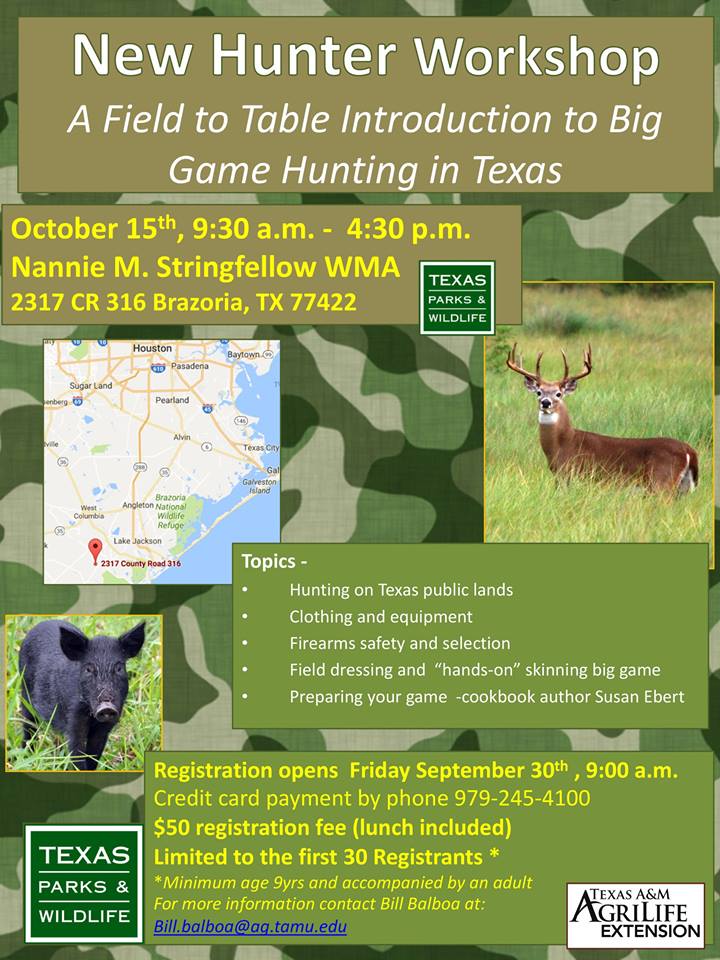

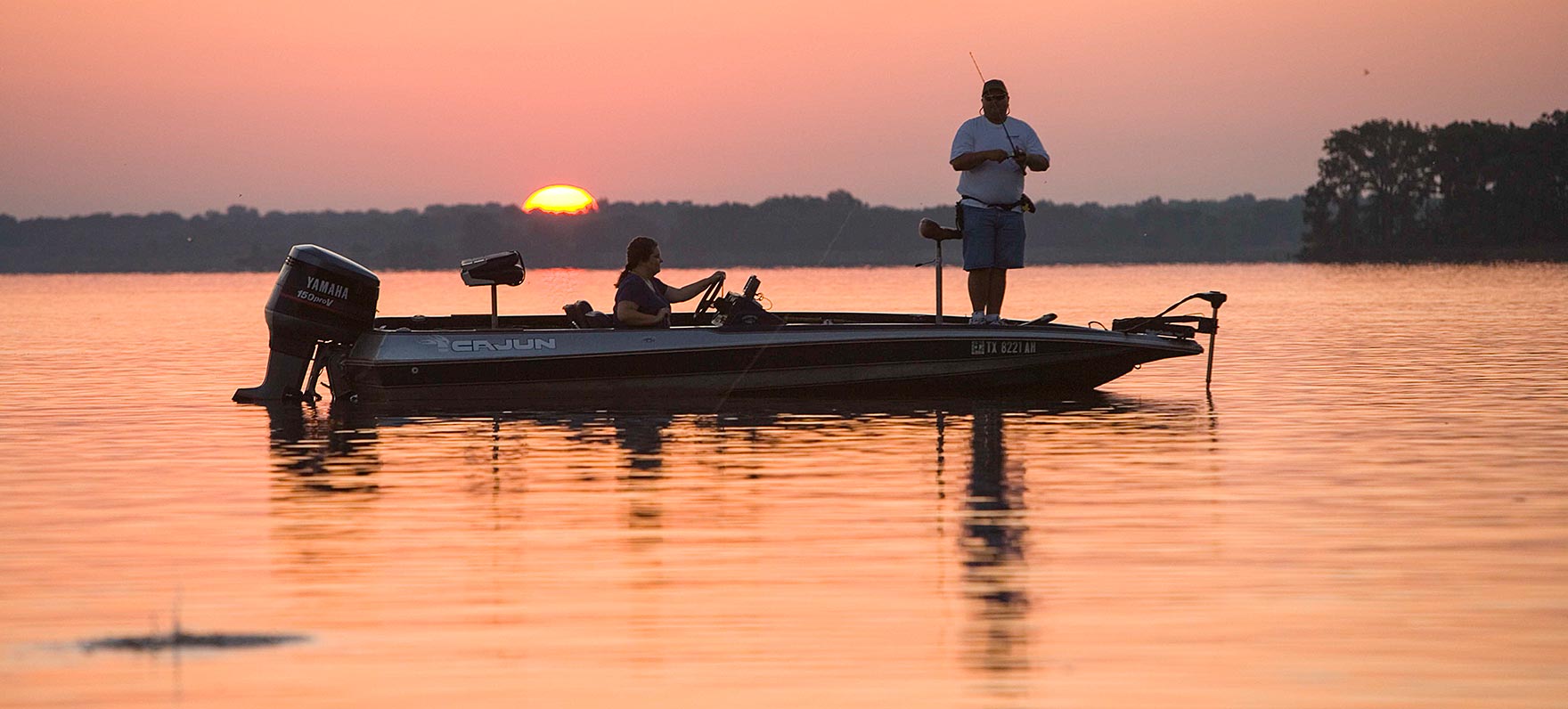
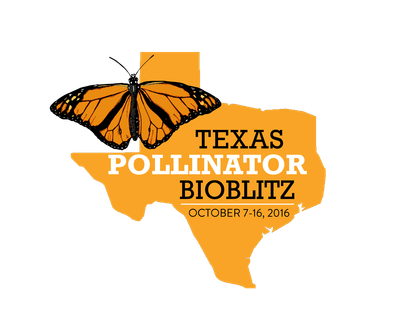
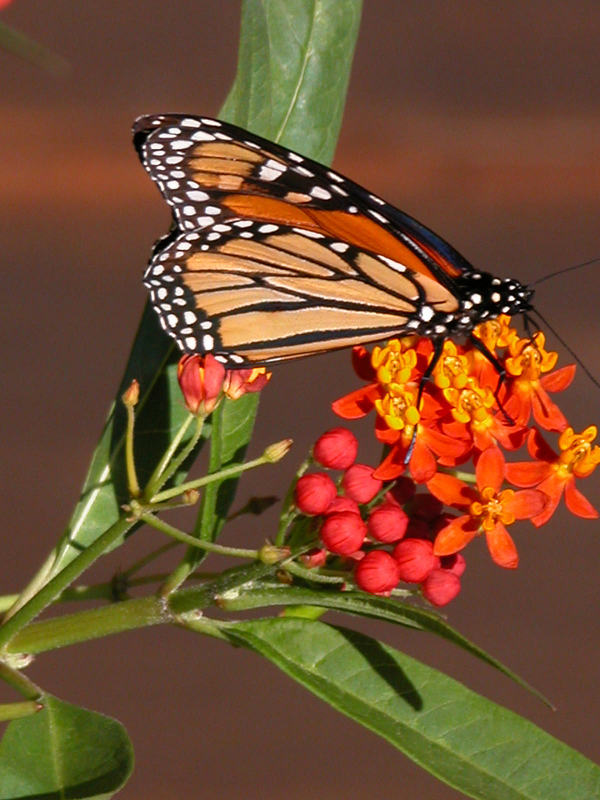
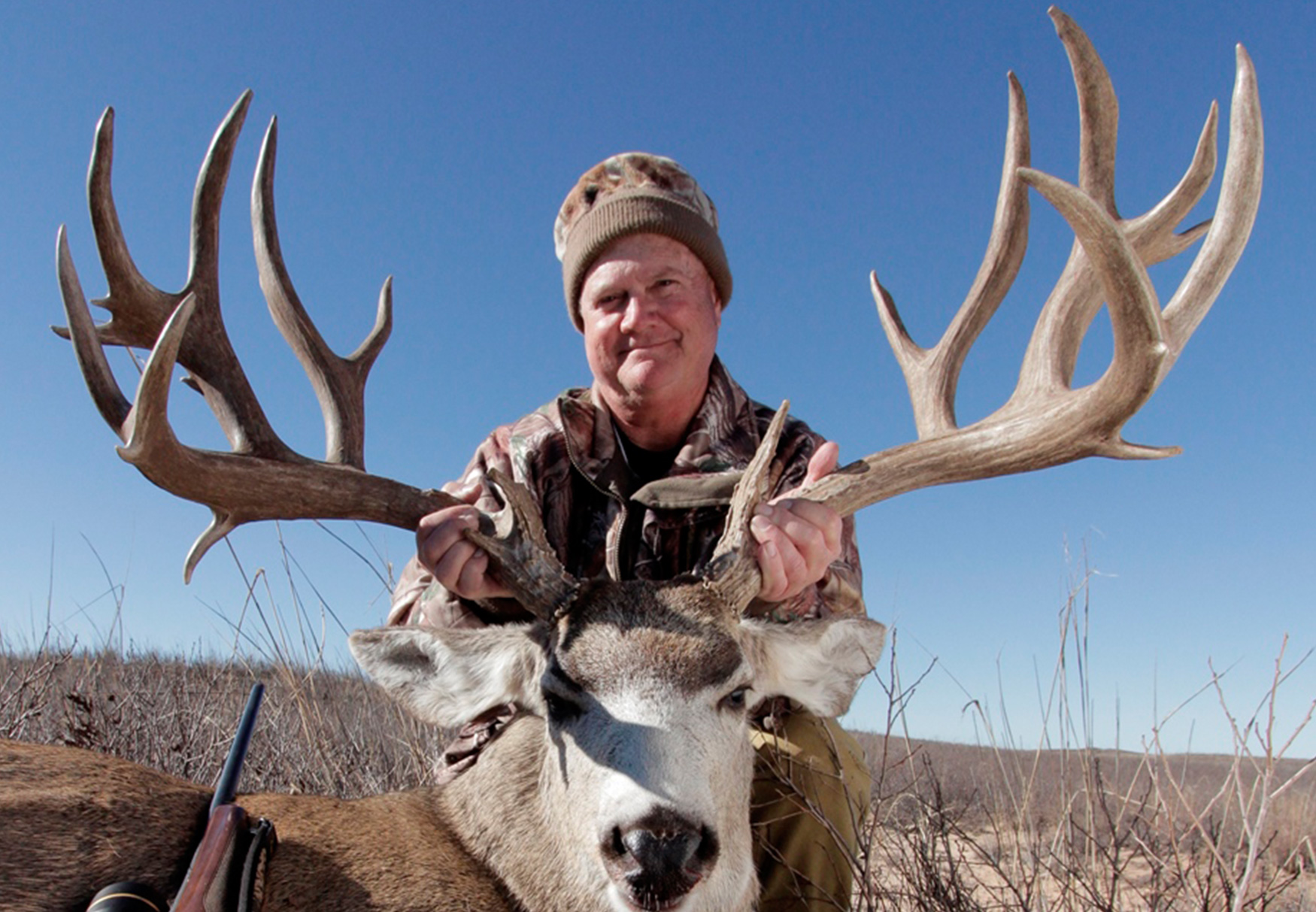

 Passport to Texas is a
Passport to Texas is a  Passport to Texas is made available by:
Passport to Texas is made available by: